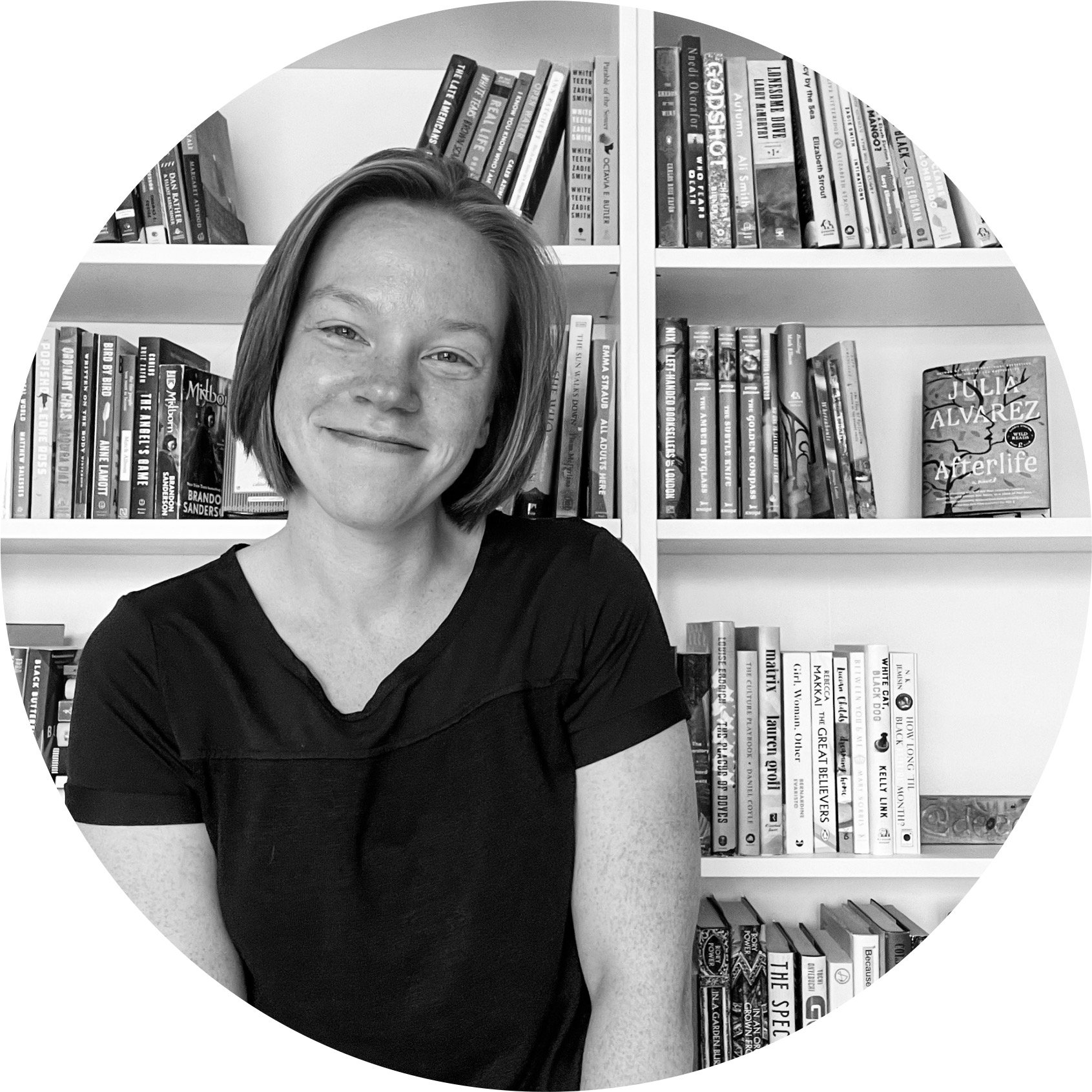Craft in the Real World: Rethinking Fiction Writing and Workshopping
Author: Matthew Salesses
Publisher: Catapult
Goodreads | The StoryGraph
Click above to buy this book from my Bookshop.org shop, which supports independent bookstores (not Amazon). You can also find it via your favorite indie bookstore here.
Cover Description
A groundbreaking resource for fiction writers, teachers, and students, this manifesto and practical guide challenges current models of craft and the writing workshop by showing how they fail marginalized writers, and how cultural expectations inform storytelling.
The traditional writing workshop was established with white male writers in mind; what we call craft is informed by their cultural values. In this bold and original examination of elements of writing — including plot, character, conflict, structure, and believability — and aspects of workshop — including the silenced writer and the imagined reader — Matthew Salesses asks questions to invigorate these familiar concepts. He upends Western notions of how a story must progress. How can we rethink craft, and the teaching of it, to better reach writers with diverse backgrounds? How can we invite diverse storytelling traditions into literary spaces?
Drawing from examples including One Thousand and One Nights, Curious George, Ursula K. Le Guin's A Wizard of Earthsea, and the Asian American classic No-No Boy, Salesses asks us to reimagine craft and the workshop. In the pages of exercises included here, teachers will find suggestions for building syllabi, grading, and introducing new methods to the classroom; students will find revision and editing guidance, as well as a new lens for reading their work. Salesses shows that we need to interrogate the lack of diversity at the core of published fiction: how we teach and write it. After all, as he reminds us, “When we write fiction, we write the world.”
TL;DR Review
Craft in the Real World is really, really excellent. It should be required reading for anyone who writes or reviews fiction.
For you if: You are a fiction writer, or you review books regularly (especially if your reviews have a following).
Full Review
“A common complaint about the proliferation of MFA programs is that they breed generic writing. The real danger is not a single style, it's a single audience. It is effectively a kind of colonization to assume that we all write for the same audience or that we should do so if we want our fiction to sell.”
First of all, a huge thank-you to Catapult for sending me a complimentary copy of this book. This book should be required reading for writers, yes, but I also think that it should be required reading for people who review books — especially literary fiction, and also especially reviewers who have an audience/platform, like bookstagrammers.
What makes characters feel “round” or relatable? What makes a detail feel poignant and effective vs mundane and unnecessary? What makes the shape of a plot feel compelling? We tend to think of the answer to all of these questions as teachable, as a given, as “good craft.” But “good craft” isn’t universal — it’s cultural. And it’s time we remember that as we decide what is good and what is not.
In this book, Matthew Salesses takes a concept that seems sort of obvious when you say it out loud — that whether a book is “good” is best judged by the audience it was written for — and picks it apart into its individual implications for the way we think about (and teach) the craft of fiction. He explains, over and over again in slightly different ways that really drive his point home, the danger of catering to what is conventionally considered “good” craft, and the erasure and bias that results when we do. He redefines many pieces of craft — like plot, setting, structure, and pacing — through this new lens and provides suggestions for how to be more conscious of biases as we write and judge fiction.
Again, I can’t state enough how important this book feels for book reviewers, not just writers. The only part that may be less relevant if you aren’t a writer is the final section, in which Salesses provides (excellent) syllabus suggestions for teachers and prompts for writers. But it’s still more than worth it for the value and shift in perspective that you’ll get from the rest.
Book reviewers exist to amplify the voices and stories that the world needs to hear. We have a responsibility to cast judgments that are as free from unconscious bias as possible so that we are not unwittingly silencing those voices and stories. Here is a tool to help us get better at it.
“If I’ve gotten away from how to use setting, it’s because the effects of noticing are profound. What is noticed depends on who does the noticing. Cold weather affects someone not used to cold weather far more than it affects someone who is used to it. A strange man in an otherwise empty parking lot is a different setting for a female protagonist than for a male protagonist. A speed trap is a different setting for a Black protagonist than for a white protagonist. A staircase is a different setting for a protagonist in a wheelchair than for a protagonist who can easily ascend it. Etc. Perhaps one of the reasons a white author might have trouble writing a protagonist of color is that the author is noticing the wrong things. The author is thinking of setting as a character of its own rather than reliant on character.”


